Traveling through New Zealand in a campervan felt very similar to our normal life in the US; driving to beautiful places where we can backpack. It was still a bit intense, for us anyway, to cope with all of the logistics required to accomplish what we wanted to do. Once we completed seven of the nine “Great Walks” we realized we were burned out and needed a break. What we needed was a vacation so we set aside our boots and backpacks and temporarily became tourists.
Where we’ve been – Queensland, Australia after a little bit more in New Zealand
4/ 1 – 5/15 2012
In this post:
New Zealand
- Boat tour in Milford Sound, New Zealand
- Dayhike to Rob Roy Glacier in New Zealand
- Visit to the "Red Zone" in Christchurch in New Zealand
- Australia Zoo in Queensland, Australia
- Boat tour and snorkeling at the Great Barrier Reef
- Tour of Paronella Park, a "Spanish style" castle
- Canopy walk and dayhike in Wooroonooran National Park
- Visit to "Crystal Caves" a gem and geode museum in Atherton
- Visit to Koala Gardens in Kuranda Village
- Visit to Bird World in Kuranda Village
- Visit to the Butterfly Sanctuary in Kuranda Village
- Short walks in Daintree National Park
- Dayhike and walks in Cooktown
In addition to covering our time in Australia this post will cover the last two weeks we spent in New Zealand (I’ve already written about our adventures on the North Island and the South Island; the northern part and the southern part. John’s sister Elizabeth joined us in New Zealand and the first thing we wanted to do was take a boat cruise on Milford Sound. We had been told that Fiordland National Park is best seen in the rain and we can believe it after the stunning views of waterfalls we had on our last day on the Milford Track.
Falls seen while on Milford Track in Fiordland
National Park, New Zealand
However, Milford Sound was experiencing an extended period of clear, sunny weather so we had great views including Mitre Peak.
Mitre Peak in Fiordland National Park, New Zealand
It would have been nice if it had rained enough the night before our cruise to create the hundreds of waterfalls that this fjord is famous for and then clear up in enough during the day so we could see them. Nevertheless, we really appreciated the sunshine and lack of rain as it was quite windy on the boat.
Jean and Elizabeth on the Milford Sound boat cruise in
Fiordland National Park, New Zealand
We also thoroughly enjoyed views we had of those waterfalls that are permanent including Lady Bowen Falls and Stirling Falls.
Stirling Falls seen while on Milford Sound boat cruise
in Fiordland National Park, New Zealand
Another point of interest is the area is the Chasm,
a shallow gorge where the rock has been carved and sculpted by the flowing
water of the Cleddau River.
The Chasm near Milford Sound, New Zealand
We didn’t have a lot of time but we wanted to give Elizabeth a look at some of New Zealand’s varied scenic beauty.
But along the way there we took some contrasting side trips to see some notable glaciers. We first did the short hike on the Rob Roy Track in Mt Aspiring National Park.
Jean on the bridge across the Rob Roy Stream while on the Rob Roy Track in Mt Aspiring National Park, New Zealand
The track follows the Rob Roy Stream ...
Rob Roy Stream seen from the Rob Roy Track in Mt Aspiring National Park, New Zealand
... to the Rob Roy Glacier, a large “hanging” glacier. Our Rob Roy Track photos are on Flickr
The Rob Roy Glacier in Mt Aspiring National Park, New Zealand
We also did quick visits to Fox and the Franz Josef Glaciers as well. Where else in the world can you get so close to such a large glacier on your way to the beach? Our Fox and Franz Joseph Glacier photos are on Flickr.
Franz Joseph Glacier, New Zealand
We continued up the west coast and stopped in Punakaiki to see the unusual “Pancake Rocks and Blowholes”.
Blowhole at Punakaiki Pancake Rocks, New Zealand
Once we reached Abel Tasman National Park a short water taxi ride enabled us to hike a portion of the Abel Tasman Coastal Track. A short walk from Marahau provided great views of the beach and Tasman Bay.
Beach and Tasman Bay near Marahau, New Zealand
We then headed toward Christchurch in order to catch our flight back to Auckland (to catch our flight to Australia). However, on the way to Christchurch we encountered one of the most entertaining sights I have ever seen. Just outside Kaikoura we did the short Ohau Waterfall Walk where we saw countless Fur Seal pups. These pups spend their days swimming and playing with each other while their mothers hunt in the ocean (or sleep in peace on the beach). It was a challenging situation for photography as it is quite shady and they move incredibly fast! However, there are many YouTube videos available that give one a better idea of what they do and this video is one of the best that I have seen. All of our Fur Seal photos are on Flickr.
Fur Seal pups seen playing in Ohau Stream under Ohau
Falls near Kaikoura, New Zealand
We spent our last evening in New Zealand walking around the “Red Zone” in Christchurch, the area most damaged by the earthquake in 2010. It is sad to see so much of a city cordoned off and buildings damaged and abandoned. We felt a morbid fascination with watching heavy equipment, some resembling mechanical “dinosaurs”, taking down tall buildings one “bite” at a time.
Jean and Elizabeth watching the slow demolition of an
earthquake damaged building in Christchurch, New Zealand
However there is an effort being made to revive the central
business district with stores being housed in large (surprisingly attractive)
shipping containers. All of our New
Zealand photos are on Flickr including more photos of Christchurch.
The new “containerized” shopping district in Christchurch, New Zealand
We then headed to Australia. Even though it is over 1,400 miles from New Zealand it is still relatively close so we decided to stop by. We allocated one month but were well aware that this was nowhere near enough time to experience the “real Australia”. So we did the common tourist thing and planned to spend our time on Queensland’s east coast. And as we had done in New Zealand, we rented a campervan.
Our “home away from home” while we traveled in
Queensland, Australia
John’s sister Elizabeth was with us for the first week and we
had two objectives, the first being to see some Koala Bears so we visited the Australia Zoo. This zoo was founded by the parents of
the late Steve Irwin,
the enthusiastic conservationist best known as the host of the wildlife TV
show, “The
Crocodile Hunter”, and is a fitting
memorial to him.
Watching Koalas
in person is a bit mesmerizing but requires patience. They move slowly through the trees with “Zen
like” calm. The one exception we saw was
when one Koala, while climbing slowly down the trunk of a tree, accidentally sat
on the head of another Koala that was clutching the trunk below. This affronted koala let out a surprisingly
loud squawk.
Possibly the most alert Koala we saw at the Australia Zoo in
Queensland, Australia
Perhaps the most flamboyant (and "liberated") creature we saw is the Cassowary. This stunning bird (which looks as though they are ready perform in Vegas) is the third tallest, some reach six feet tall, and only ostriches and emus are larger. The females are larger and more aggressive than the males and once they lay their eggs they abandon the nest and he is left to incubate and raise them. Meanwhile she goes off to hook up with another male ... just long enough to lay more eggs. A kick from their
huge feet can kill dogs ... and people.
A Cassowary at the Australia Zoo in Queensland,
Australia
Of course crocodiles
take center stage at this zoo. We watched one of the “Crocs
Live!” shows highlighting one of the Saltwater
Crocodiles and “Casper” was the star that day. One thing we learned is
that once a crocodile has identified their target they focus on that target and
patiently wait for their opportunity. While
we were sitting on the bottom row in the stands after the show I became aware
that “Casper”
was intently staring at me. Perhaps, of the three of us I looked the plumpest.
“Casper” trying to sneak up on his keeper during the
"Crocs Live!"show at the Australia Zoo in Queensland, Australia
My favorite exhibit was “Roo Heaven” which includes a large
walk through enclosure dedicated to Kangaroos
and Wallabies. Visitors have limitless opportunities to
interact with the animals, especially after purchasing a small bag of “Roo
Food”. All of our Australia
Zoo photos are on Flickr.
Jean with a wallaby at the Australia Zoo in
Queensland, Australia
Our second objective was to visit the Great Barrier Reef
so we took a boat
out to one of the “Reefworld”
pontoons off the coast of Arlie Beach.
Reefworld at the Great Barrier Reef of the coast of off
the Arlie Beach in Queensland, Australia
There were several
options available for viewing portions of the reef. We opted to take the short ride on a semi-submersible
boat for some limited views of the reef but it did not provide John with any good photo opportunities.
A bit of the Great Barrier Reef seen from the
semi-submersible boat at Reefworld, off of the coast of Arlie Beach in Queensland,
Australia
However, we also did some snorkeling. John and I went out on our own while Elizabeth, this being her first time snorkeling, went with a guided group. Due to the presence of “Stingers”, the local venomous
Jellyfish, it was necessary for all of us to wear a “Stinger Suit”. Elizabeth made the observation that we all
looked like “Teletubies”.
Elizabeth (second from the right) in her “Stinger
Suit” at Reefworld, off of the coast of Arlie Beach in Queensland, Australia
John and I learned to
scuba about 20 years ago and did a bit of diving off the coast of Hawaii’s Big
Island so we were no stranger to beautiful coral and brilliantly colored fish. However, something we had not seen before
were Giant clams which
can measure nearly four feet across, weigh over 440 pounds and exhibit a wide
variety of vivid colors.
While it was interesting to explore the permitted area of the
reef I believe that the most appealing aspect of this reef is its immense
size. It is the only living thing on
earth that is visible from space.
Reefworld also offered a helicopter tour but I did not fully appreciate its value until we saw the reef from the air while on our flight home. This reef is definitely best viewed from the
air.
After Elizabeth left us we didn’t have any specific plans. We considered seeking out opportunities to
hike and backpack but the hot, humid weather in the wet tropics of
Queensland completely zapped our energy and our motivation. While traveling we would seek out spots in
shade with enough of a breeze so we could stop and eat in relative comfort. On more than one occasion we both ended up
taking a nap which made us both feel guilty. After all, we were in Australia and here we were sleeping
the day away.
John and Jean in our “home away from home” in
Australia
I was also intimidated by the large number of living things
that wanted to hurt us; crocodiles, stingers, snakes, leeches etc, as well as trees
that sting, ferns with sharp spines, razor sharp sedges etc. However, we did not encounter any of these
(with one minor exception). What is ironic
is that while we were in New Zealand, the land without “creepy crawlies” or
anything that wants to kill you, we suffered far more from attacks by their voracious sandflies.
So we continued our vacation and slowly headed north along
the coast and continued to do more “touristy” things. To
celebrate my birthday we visited the most unusual tourist attraction we have
ever seen, Paronella Park. This improbable Spanish castle was built in
tropical north Queensland by Jose’ Paronella and has
a fascinating history. Unfortunately, incompatibilities
between building materials combined with fire, floods and cyclones have led to
much deterioration and damage to the original structures. In addition the lush surrounding vegetation
is making a concerted effort to consume the remains. However the effect is not unappealing. It has lost much of what looks “man made”
and gives the feeling that it “grew” out of the jungle.
Paronella Park in Queensland, Australia
Paronella Park also provided us with one of the “creepiest”
sights we have ever seen. The nearby
Mena Creek is home to snapping turtles and hundreds
of huge freshwater eels. Visitors have the option of feeding them (the
turtles eat quietly but the eels make a “slurping” sound when they eat). All of our Paronella
Park photos are on Flickr.
Snapping turtles and freshwater eels in Mena Creek at Paronella Park in Queensland,
Australia
We also visited Wooroonooran
National Park and took the Mamu Canopy Walk
for an intimate view of this beautiful rainforest. The extensive elevated walkway and viewing
tower was built in 2006 after Cyclone Larry cleared a
path through the jungle. As a result no
trees needed to be removed.
Mamu Canopy Walk in Wooroonooran National Park in
Queensland, Australia
We then spent some time in and did a short hike from the Henrietta
Creek campground to see Nandroya Falls.
We were aware that rainforests were home to quite a few dangerous
plants and animals and signs warned about the dangers of Gympie-Gympie
trees, a variety of stinging trees. We
had also been warned about leeches
that are prevalent in wet vegetation. We
were quite cautious when walking through any vegetation and felt fortunate to
have completed the hike without being stung or bitten by anything. However, a short time later John walked
through some short grass in the campground wearing sandals. Later on he noticed a “blood trail” on his
foot – evidence that a leech had fed off him and left without his ever knowing
about it (I think it bothered me far more than it did him). All of our Wooroonooran
National Park photos are on Flickr.
Nandroya Falls in Wooroonooran National Park in
Queensland, Australia
We drove up to the Atherton Tablelands
seeking cooler temperatures at the higher elevation. We thoroughly enjoyed the quiet campground (as
well as some free internet) and decided to stay a second night, and then a
third … then a fourth. We spent time key
wording photos from our New Zealand trip but Australia was impossible to ignore
with wallabies hopping
through our campground and Kookaburras
“laughing” at us from nearby palm trees.
While in Atherton we visited a popular tourist attraction,
the Crystal Caves which was created
from the passion (and obsession) of René
Boissevain, a Dutch immigrant.
Displays within the somewhat tacky man made “cave like” interior …
Within Crystal Caves, Atherton in Queensland,
Australia
… include over 600 specimens of crystals, gemstones and fossils. The star attraction is the “Empress of Uruguay” which, at 1 feet tall and weighing two and a half tons,is the world’s biggest
Amethyst Geode. All of our Crystal Cavephotos are on Flickr.
The “Empress of Uruguay” within the Crystal Caves,
Atherton in Queensland, Australia
We also visited Kuranda Village, an intense tourist attraction and home to several facilities housing a variety of wildlife. The Koala Gardens provided the now familiar opportunity to feed kangaroos, wallabies and their small cousins, the pademelons …
Jean with a pademelon, Koala Gardens at Kuranda in Queensland,
Australia
… as well as the option to be photographed holding a
koala.
Jean and John with a sleepy Koala, Koala Gardens at
Kuranda in Queensland, Australia
Koala Gardens is home to a wide variety of reptiles;
lizards, dragons and monitors. It also
boasts having “Australia’s first walk through snake house”. Being within this enclosure was not a
completely comfortable situation especially
after two Keepers came in to feed the pythons and we became aware of how
many snakes there actually were and how close they had been to us. We felt a morbid curiosity and stuck around long
enough to watch the keepers feed every snake in the enclosure. We were unable to take our eyes off these
snakes as they slowly ingested the rats.
All of our Koala
Gardens photos are on Flickr.
A Scrub Python slowly eating his dinner in the Snake House
within Koala Gardens at Kuranda in Queensland, Australia
We next entered Bird
World, a large and completely chaotic aviary, which is home to about 80
different species, both native as well as imported. Visitors have the option of purchasing food
and become popular with many of the birds especially the Macaws and
parrots. The parrots and lorikeets also had
a particular interest in anything “shiny” and women were warned to remove any
jewelry. John discovered that some were
even interested in cameras… and cameramen.
All of our Bird World
photos are on Flickr.
John with “friend” in Bird World at Kuranda in Queensland,
Australia
The last exhibit we visited in the area was the Butterfly Sanctuary, a walk through
aviary that is home to about 2000 tropical butterflies. It was a bit disconcerting to have
butterflies land on me and feel it poking
around on my skin with its proboscis seeking nectar. Butterflies are not easy to photograph but John really tried. As a result we were the last visitors in the aviary at closing
time. We had a momentary concern when trying
to leave by the exit and found the door locked ... just as the automatic sprinkler
system came on. Fortunately, a staff
person heard us pounding on the door and quickly let us out. We had to forgo visiting the Australian Venom Museum as it had also
closed at that time (but I wasn’t really disappointed). All of our Butterfly
Sanctuary photos are on Flickr.
Jean being “tasted” by a Ulysses Butterfly in the
Butterfly Sanctuary at Kuranda in Queensland, Australia
We continued north along the coast and visited Daintree National
Park stopping first at Mossman Gorge. The entire area is home to some of the most bizarre trees
and plants we have ever seen. We really appreciated
the extensive system of boardwalks through the muddy Mangrove swamps near the coast. Several different species of trees growing in
the area have developed roots above the water soaked ground to provide support
as well as to obtain more oxygen. Some
utilize “prop” roots …
Mangrove with “prop” roots, Daintree National Park in
Queensland, Australia
… and others have “buttress” roots.
Looking Glass Mangrove with “buttress” roots, Daintree National Park
in Queensland, Australia
Also common are the parasitic Strangler Figs. All of our Daintree
National Park photos are on Flickr.
Strangler Fig, Daintree National Park in Queensland,
Australia
After leaving Daintree we headed north to Cooktown, the northernmost
town on the east coast of Queensland and as far north as one can drive on a
paved road. Throughout our time in Queensland we struggled to be physically active in the hot, humid weather. However, we managed a dayhike up the
short trail to the top of Mt Cook ...
... as well as taking a short walk to the top of “Grassy Hill” for a fantastic sunset. All of our Cooktown photos are on Flickr.
Jean sweating profusely on the Mt Cook Trail at Cooktown in Queensland, Australia
... as well as taking a short walk to the top of “Grassy Hill” for a fantastic sunset. All of our Cooktown photos are on Flickr.
Sunset over the Endeavor River seen from Grassy Hill,
Cooktown in Queensland, Australia
As we approached the end of our time in Australia we found
ourselves becoming more excited about returning home. We were anxious to see how our motorhome fared
after having been stored for four months.
But primarily, after living and traveling in campervans for so long, we looked
forward to the luxury and comfort of our home (not to mention driving on the
right-hand side of the road).
Home is wherever we’re parked!
Once we returned home we spent about six weeks editing
photos, posting them to Flickr and updating our blog. We got through nearly all
of New Zealand before we decided we deserved a break. We spent time in Wyoming and Montana with
our sons. Then John and I did extensive backpacking
in Glacier National Park in Montana as well as Grand Teton National Park and
the gorgeous Wind River Range in Wyoming. We’ll
eventually get those photographs edited and the blog updated.
Hidden Lake and Bearhat Mountain in Glacier National Park,
Montana
This next bit is just something that Jean has been thinking about.
Speaking the Language
We have been fortunate in our opportunities to travel
internationally. In 2007 we went to Tanzania
and in 2008 we went to Nepal, both on tours offered by REI Adventures. In addition, back in 2003 John went to Patagonia
on a trail running tour provided by Andes Adventures. Not surprisingly all of our guides on these
tours spoke excellent English.
We want to do more international travel but our preference is to travel independently primarily because we prefer to not be locked into a
specific itinerary. We want to have the
flexibility to stop when John wants to take photographs as well as to wait out poor
weather. We thoroughly enjoyed the
freedom we experienced with our recent trips to New
Zealand and Australia as well as our trip through Canada in 2010. This freedom to travel independently was made
possible by the fact that we spoke the language of all of those three countries.
Fortunately for us Terri spoke English so we could get
a ride on her "Tickety Boo" taxi in Oban on Stewart Island, New Zealand
At this point in time our next international destination is Peru, possibly in 2014. Going with
a tour is definitely an option but we would really like to travel
independently. To do that we obviously
need to know some Spanish and that makes
me very nervous.
The problem is that neither of us know any other language besides English nor do either of us have a knack for learning
languages. While John had some German in high
school and some French in college he says both were essentially worthless. I had some
French in high school with a teacher who spoke loudly and clearly, pausing
between each word. I thought I could get the hang of it until we had a Student Teacher who had spent a
year living in Paris. Her French sounded
nothing like what we had been
learning. When she spoke her words
flowed smoothly together like a soft murmur and I couldn’t understand a word
she said. I've even already had a bit of Spanish in elementary school
but it was limited to simple vocabulary words. But when I have heard Spanish spoken by native Spanish speakers it sounds as though their words dance
from one to another like lively music and bear no resemblance to what little I
was taught.
I once heard an educator speaking to Washington State
Legislators about the challenges faced by non English speaking students in US
schools. Her wish was that every adult would
try to learn a new language so they too could experience the humiliation of being an adult who talks like a two year old. I think that may be
the root of my fears. Of course when children are learning to speak
they make many mistakes and oftentimes they are funny. I recently found this video where a little boy is playing
with a toy fish and his mother tries to teach him to say “fish”. He begins by making the sound the letter “F” makes
but ends up saying something quite different.
When they are this age it doesn’t matter what they say, it’s always cute!
Language mistakes made by small children, even the one
made by the little boy in the video, are really cute.
However, if a similar mistake is made by an adult it could be quite
offensive to some individuals. While I am concerned
about making mistakes in the choice of words, pronunciation and grammar, my greatest fear is that when trying to say
something to someone in Peru in Spanish that I will inadvertently say something
that will offend someone.
What I have been hoping for is that advances in technology would
come to my rescue. I can
remember watching the first Star Trek
series as a child and being fascinated by the Universal Translator,
a useful device that magically enabled every character on the program, human
and alien alike, to understand each other perfectly. More recently I have been excited by the
advances being made toward having such a device in reality. For example, the Translation
App available for iPhones and the Universal
Translator that Microsoft has been working on.
Unfortunately, no technology is perfect and mistakes are
inevitable. For example, online services
such as Google Translate, Bing Translator, capable of translating
written text from one language to another, have yielded imperfect results. I read one
account where writers for a BBC comedy apparently relied on Google Translate to
translate a phrase on a tombstone from English into Hebrew. The phrase "dearly missed" was
mistranslated as “pickled at great expense". However, despite these mistakes it seems to
me that errors made by an electronic device would somehow be less offensive than if the same mistakes
came out of the mouth of an adult human.
According to the Hebrew inscription on the tombstone the beloved husband and father was “pickled at great expense".
Photo from "Episodes" courtesy of The Guardian
Photo from "Episodes" courtesy of The Guardian
However, there is something I need to remind myself of, the fact that countless
individuals do travel independently to countries where the language spoken is different than
their own. And they do it without the benefit a “Universal
Translator". Throughout our travels,
abroad as well as in the US, we have met several such individuals. While they all possessed differing levels of
expertise in speaking English we rarely had trouble understanding what they
were trying to say.
I am really impressed by that because I’ve heard that
English is one of the more challenging languages to learn and I can believe it. Some of it just doesn't make any sense. For example, English contains words that
sound the same but are spelled differently and have completely different
meanings; weight and wait etc. There are
also words that rhyme with each other despite having completely different (as
well as very confusing) spellings; some and numb etc. In addition, there are words that even though
they are spelled the same except for
the first letter, they don’t sound anything
like each other; laughter and daughter etc.
I am reminded of an entertaining comedy
routine performed by Gallagher
highlighting just a few of the confusing characteristics of the English
Language. I have to agree with him when
he asks “Why should I be serious about the language if the language isn’t
serious enough to make sense”?
And if that doesn’t make learning English complicated enough there is the fact that the language spoken by people in all other English speaking countries contains some notable differences in accents, pronunciations and word choice. While I have never been to Great Britain I am familiar with the sound of British English having enjoyed watching BBC programs and listening to the BBC News. As a result we had no trouble understanding “Colin” our British Balloon Pilot in Tanzania.
Jean with Colin, our very "proper" British hot air balloon pilot. Serengeti National Park, Tanzania
In 2010 we spent six weeks traveling through British Columbia and Yukon. Canadian English is reported to be a combination of British English and American English. However, I found that the Canadians we met in British Columbia and Yukon spoke with an accent that was almost indistinguishable from our own Pacific Northwest US accent.
Jean and her new “friend”
in the Fort Nelson Museum, British Columbia "speak" the same language with a similar "accent"
When we arrived in New Zealand we knew that New Zealand English
would be similar to British English but even to our inexperienced ears their accent
sounded livelier, more cheerful and less formal. We immediately noticed differences in the choice
of words used as compared to the US. For
example, signs said things such as “The Way Out” rather than “Exit”, “Please
give way” instead of “Yield”, “Please stop upon request” rather than “Prepare
to Stop” or “Flagger Ahead”. The overall
effect was that the instructions on these signs sounded “softer” and more
polite to us as opposed to the curt commands on US signs. It could be that these same phrases are used in
Great Britain as well but we came to think that these were symbolic of the
differences we observed between the Kiwis we met and aggressive Americans we
have known.
Roundabout near Greymouth on New Zealand’s south island
We didn’t pick up many Kiwi words and phrases but we quickly
learned to refer to “trails” as “tracks” and “hiking” as “tramping”. Of course we knew that a “rubbish bin” is the
same as a “trash can” and it was easy to figure out that a “trundler” was the
same as a “shopping cart”. However, we
were perplexed when a fellow we met doing trail maintenance told us that he had
previously worked as a “Joiner” until he was “made redundant”. We soon learned that meant he previously built
furniture until he was laid off from his job.
A Trail crew member in Rakiura National Park on Stewart
Island, New Zealand
When we went to Australia we assumed there would be
differences in Australian
English including differences in vocabulary. But I was briefly confused by differences in
the pronunciation of some words. For
example, when I heard references to a city named “Cans” I did not immediately know
that they were talking about “Cairns”. Apparently
English pronunciation can be divided into two
main accent groups: Rhotic
and non-rhotic accents. I’m no
Linguist but this apparently explains why the letter “R” in a word is sometimes
not pronounced. I suppose it also
accounts for words that get an “R” sound added such as when the word “idea” is
pronounced “idear”. It was interesting
to hear our president’s name spoken by a newscaster in Australia as "Bararck Obamer”
Jean talking to one of the locals in Australia
To further complicate it is the fact that every English
speaking country contains different dialects. For example, there are several regional
differences contained within the “American English”
spoken in the US. Whereas, I grew up
just outside of Louisville, Kentucky and speak “Midland American
English”, my father was born and raised in the Appalachian Mountains of
eastern Kentucky and spoke “Appalachian English”.
I briefly attended a university in eastern Kentucky and had
classmates from the mountains who spoke with the same Appalachian accent so I
had no trouble understanding them.
However, I had an English Professor who was British and not only did he have difficulty understanding what
these students said, they had trouble
understanding him. So on multiple occasions I had to serve as an
“interpreter” for them.
The point I am trying to make is that, given the confusing nature of the English Language, I am even more impressed by those travelers we have met who have learned enough English to allow them to travel independently. Of course they have not always used the correct word, pronunciation or grammar and they often apologize for their mistakes but we are always complimentary of their efforts. Because we have such a great respect for them for their willingness to try to learn a new language, something that neither of us has been willing to do ...
The point I am trying to make is that, given the confusing nature of the English Language, I am even more impressed by those travelers we have met who have learned enough English to allow them to travel independently. Of course they have not always used the correct word, pronunciation or grammar and they often apologize for their mistakes but we are always complimentary of their efforts. Because we have such a great respect for them for their willingness to try to learn a new language, something that neither of us has been willing to do ...
Lenka and Martin, an adventurous couple from Czech Republic that we met in Tombstone Territorial Park, Yukon
… at least not yet. It
is such a privilege to be able to visit another country so it seems to me that the
very least we can do is try to learn some of their language. Therefore, as we really want to go to Peru
and we hope to travel independently, it is obvious that we should start
learning some Spanish. Our first step has
been to purchase Fluenz (our next step will be to actually try it out). Another option we are considering is to
attend a Language Immersion School. Then
the best thing to do is create opportunities to practice what we have learned
and I can’t think of a better place to do that than in Peru.
I know I’m going to make many mistakes so I’ll make a point
of learning how to say important words and phrases such as “please”, “thank you”,
“excuse me” and “I’m sorry” (not to mention … “where is the toilet?”) correctly. I also need to accept that individuals in
other countries will be patient with us and appreciate our willingness to at least try. I do hope
that I never inadvertently say anything offensive but undoubtedly they will
understand that it was not intentional. And
if I say something really embarrassing
… well, I'm okay with providing someone with a good laugh but I do hope that no one records it and posts it to YouTube.
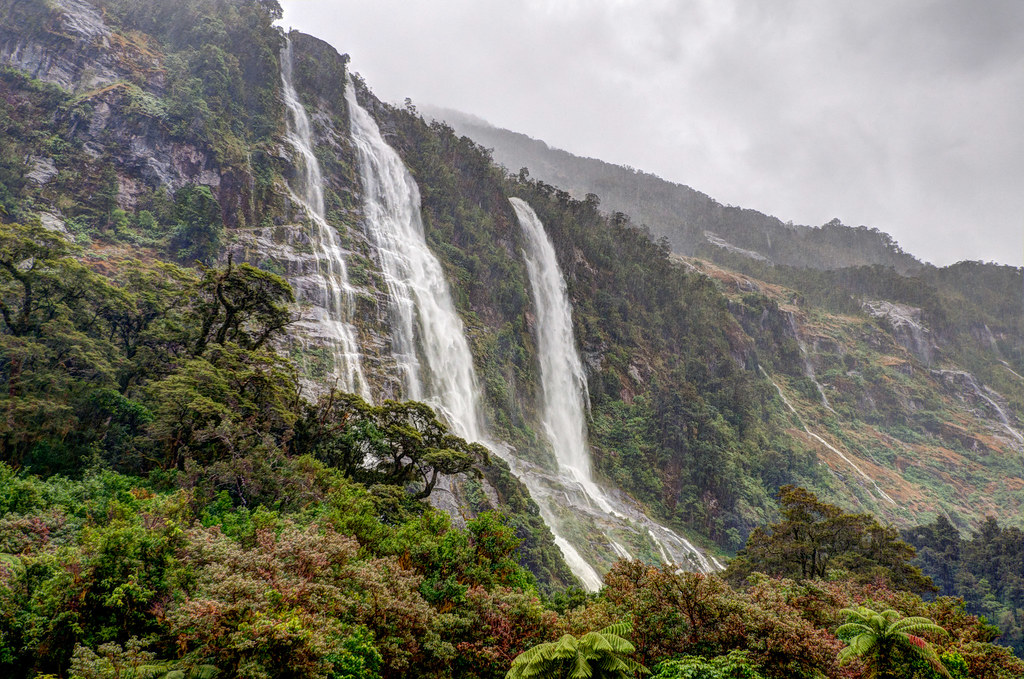
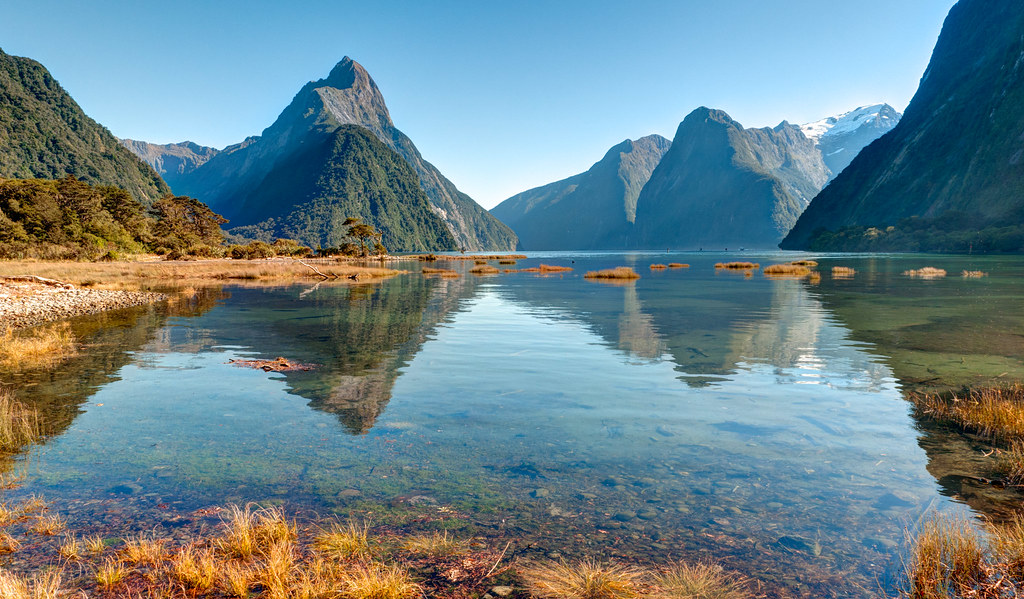
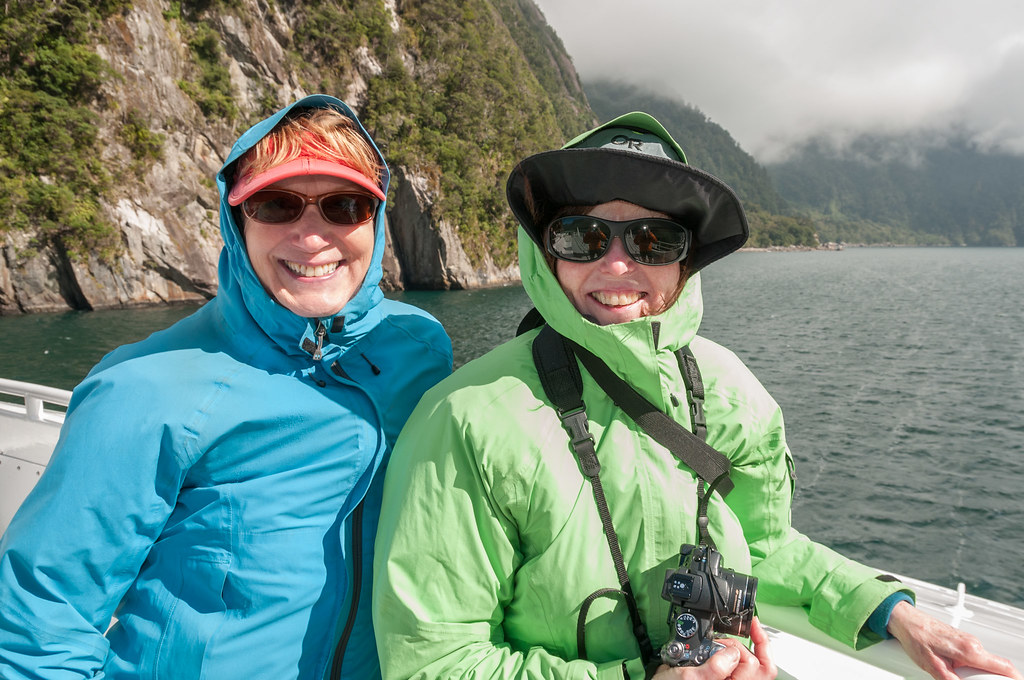
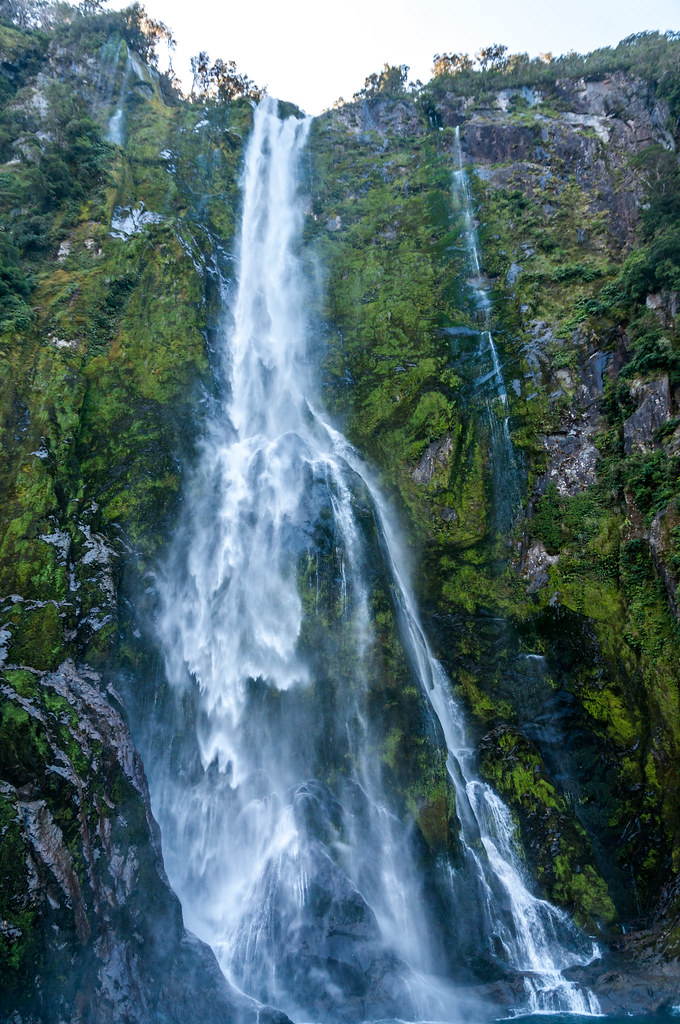

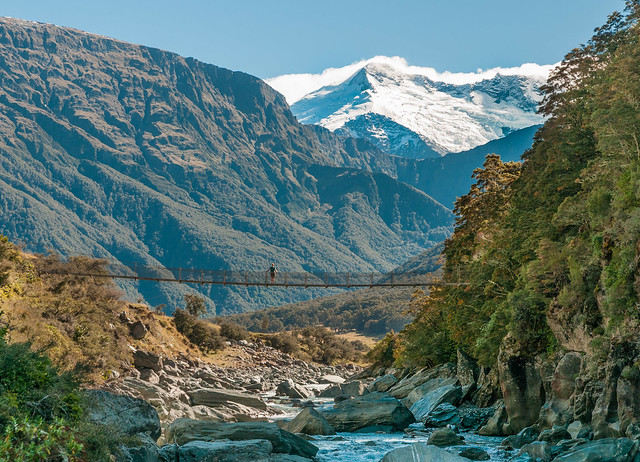
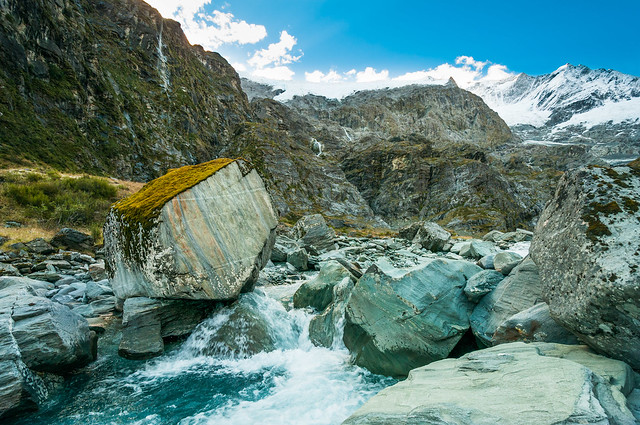
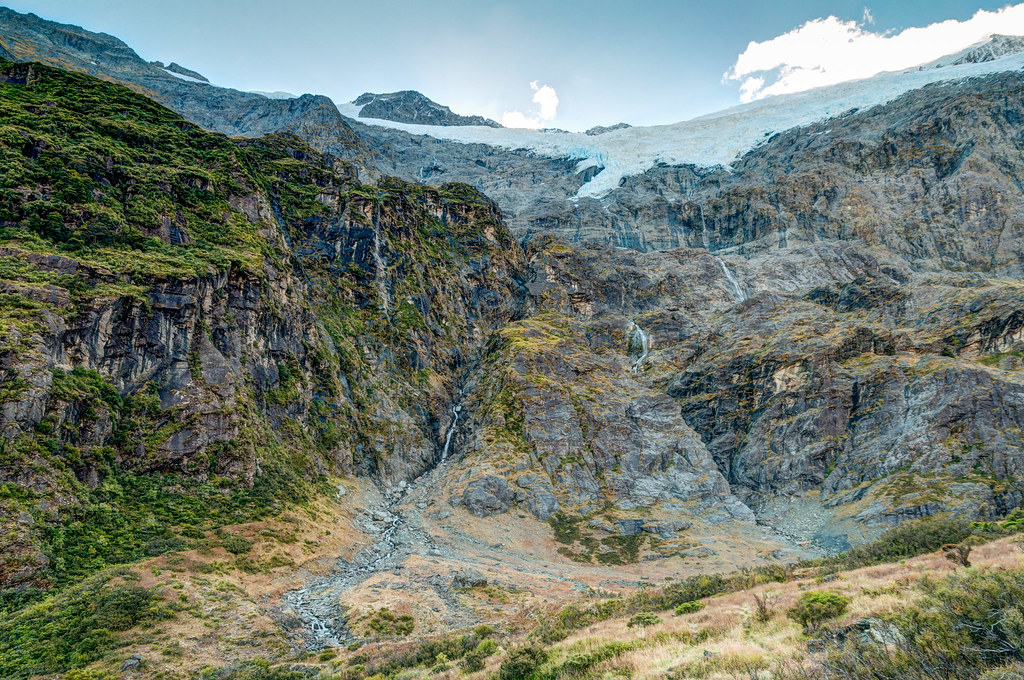
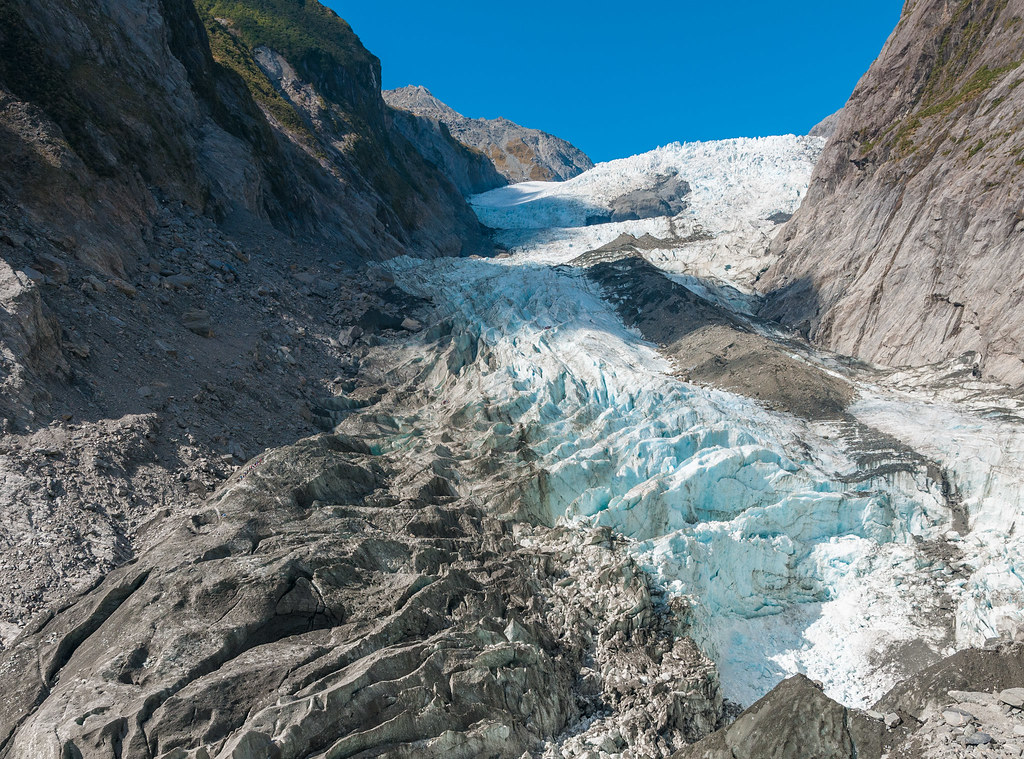
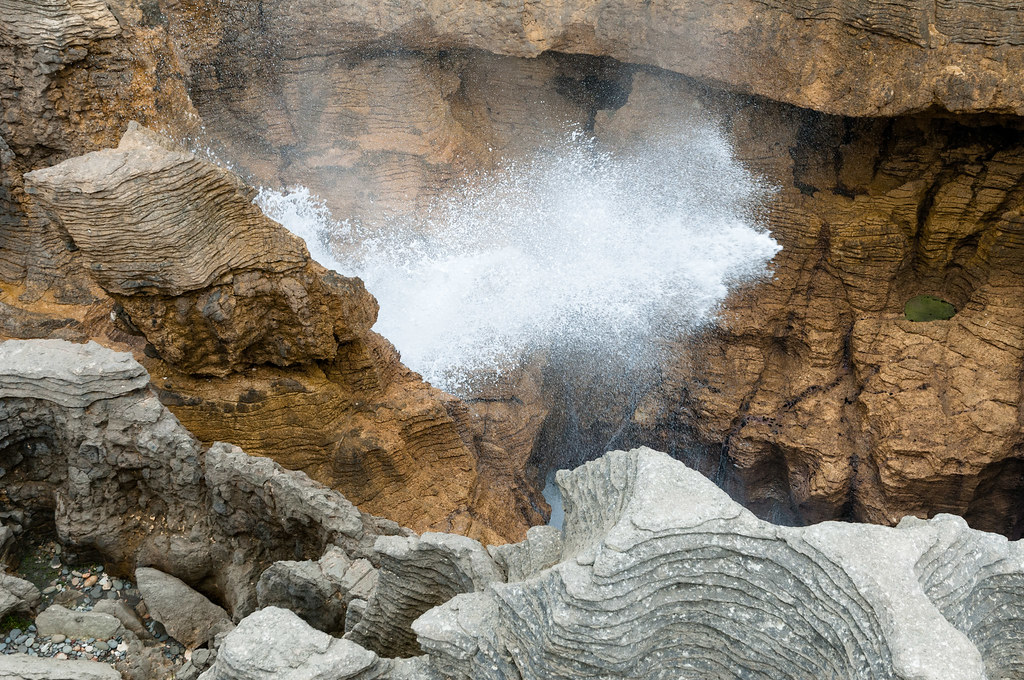
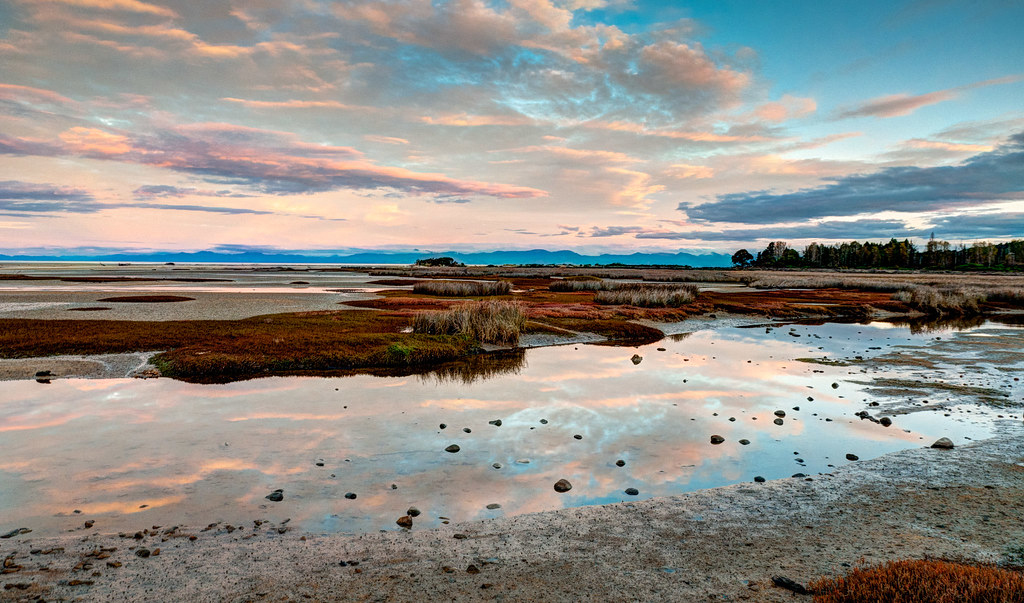
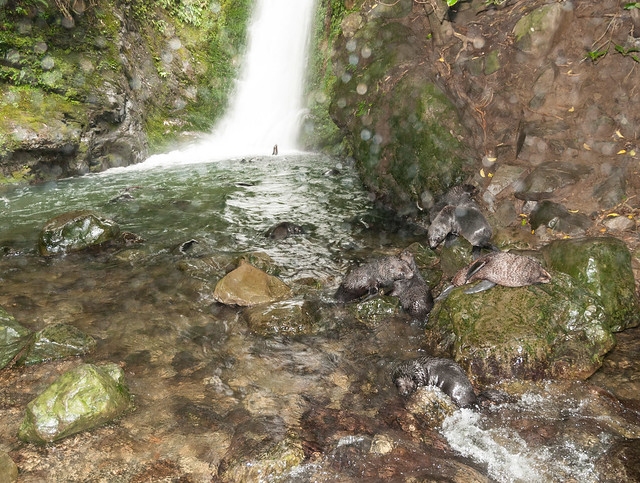

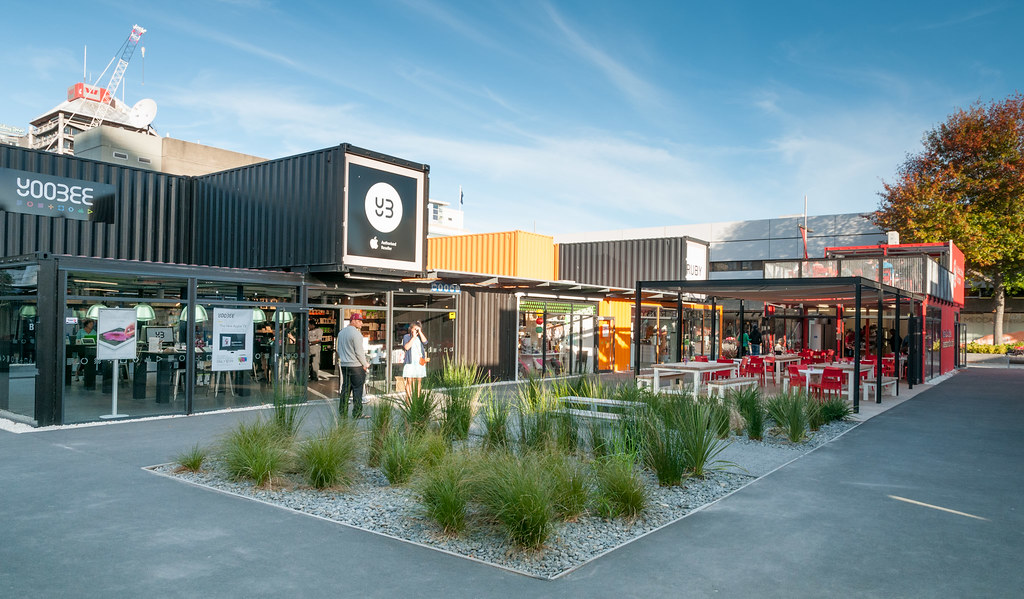

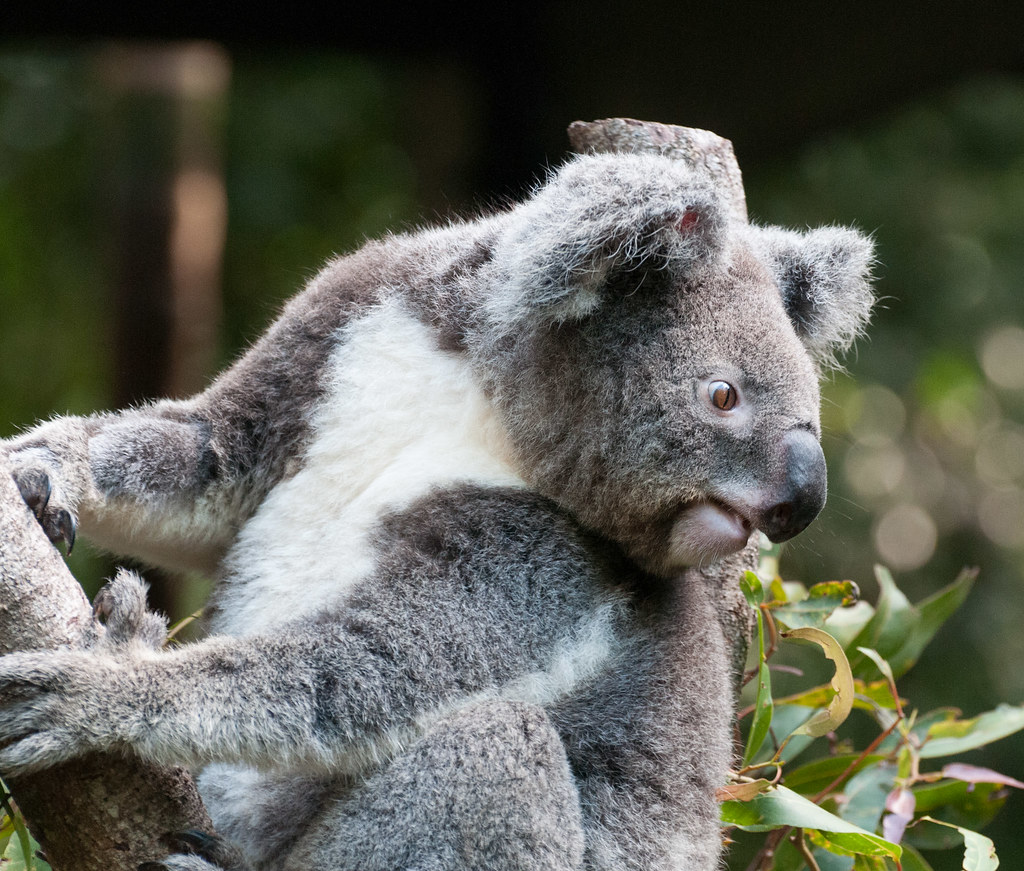
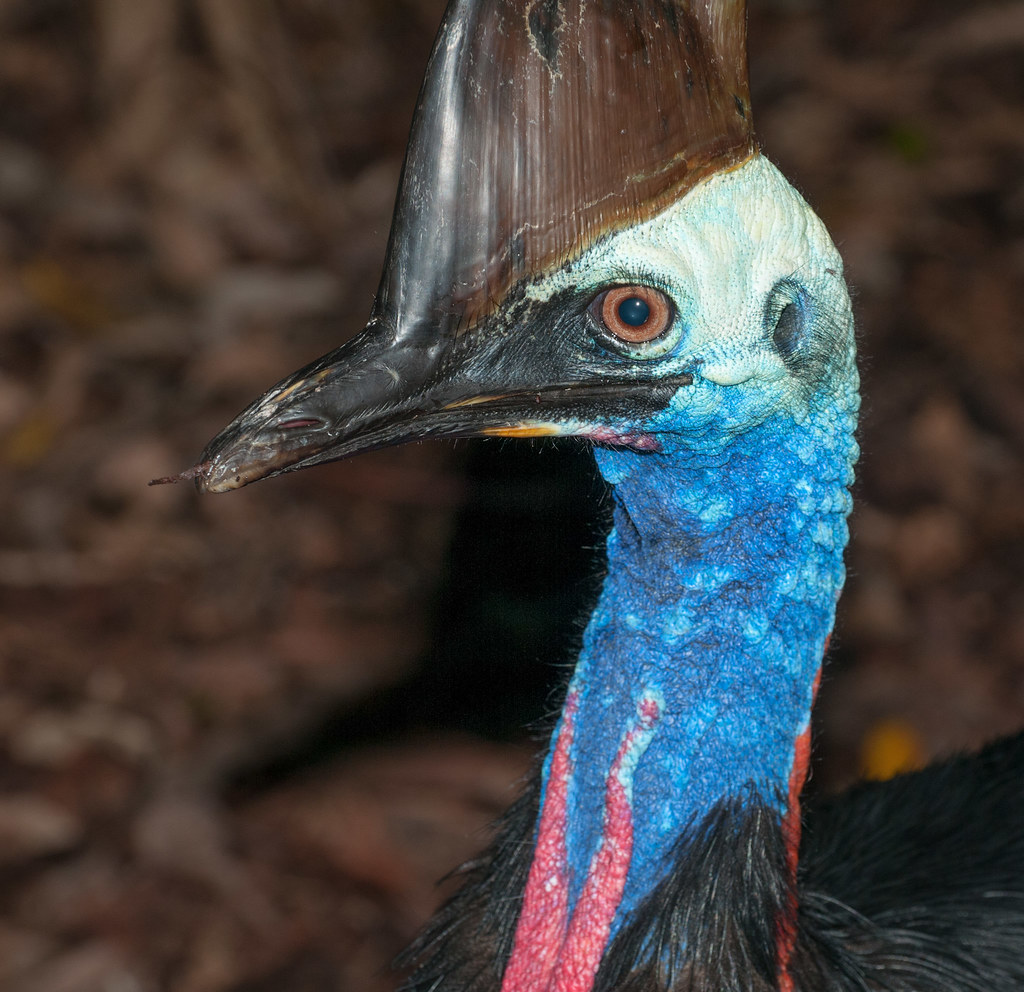
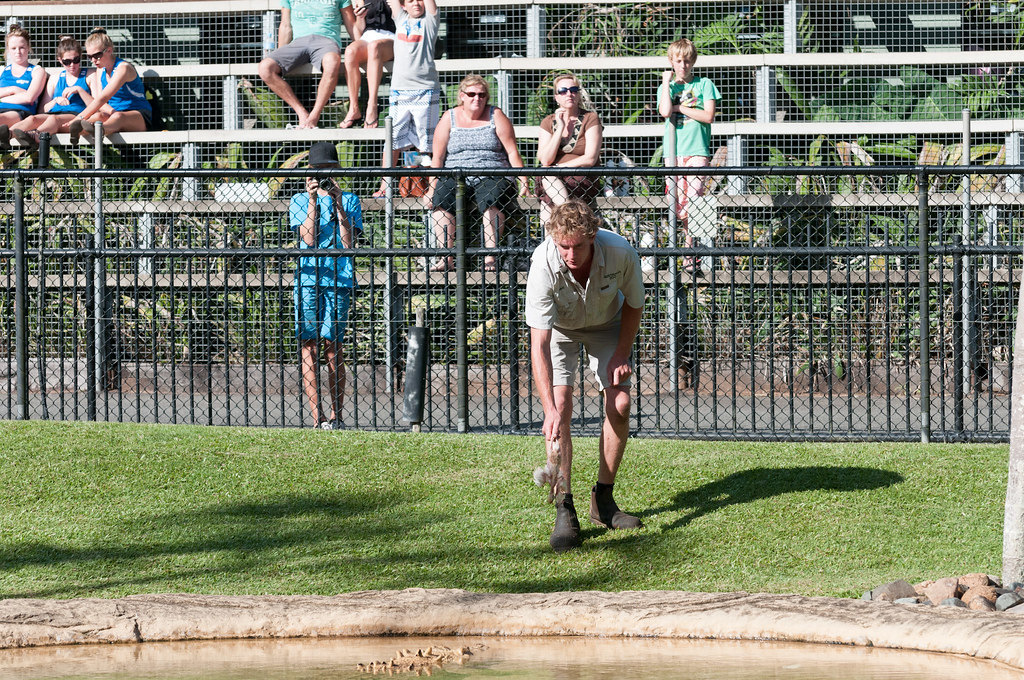

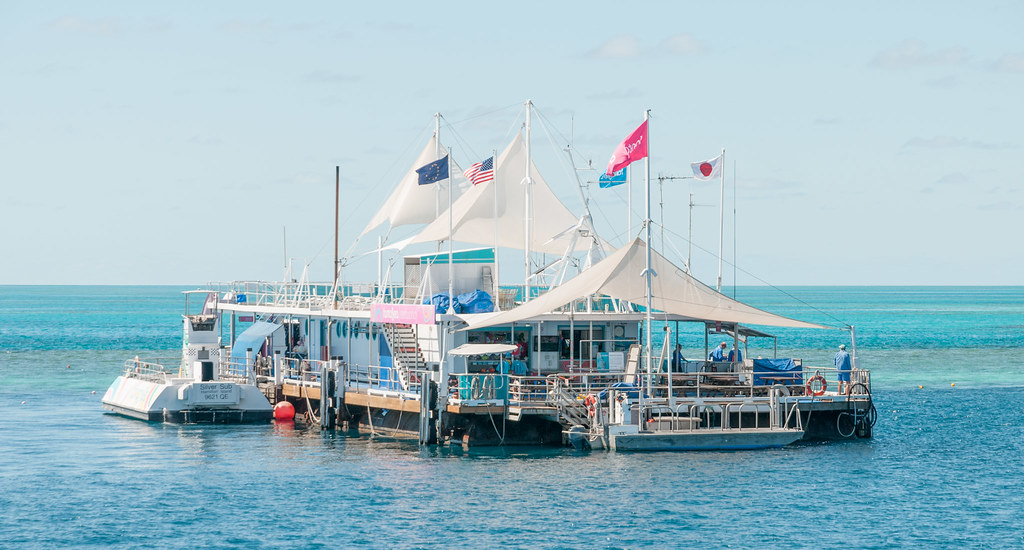
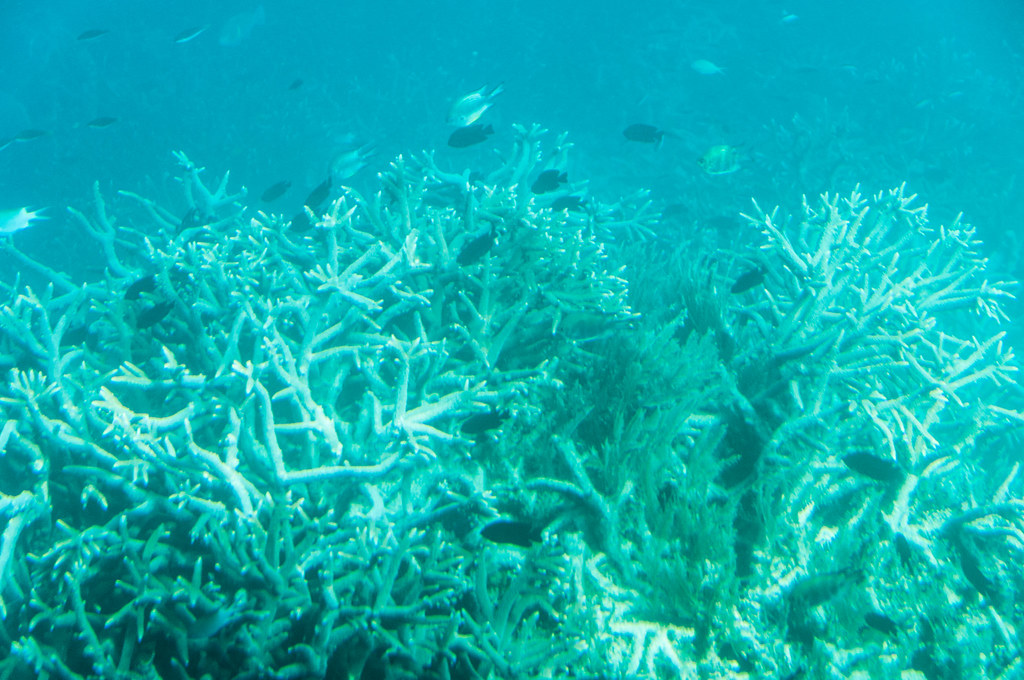
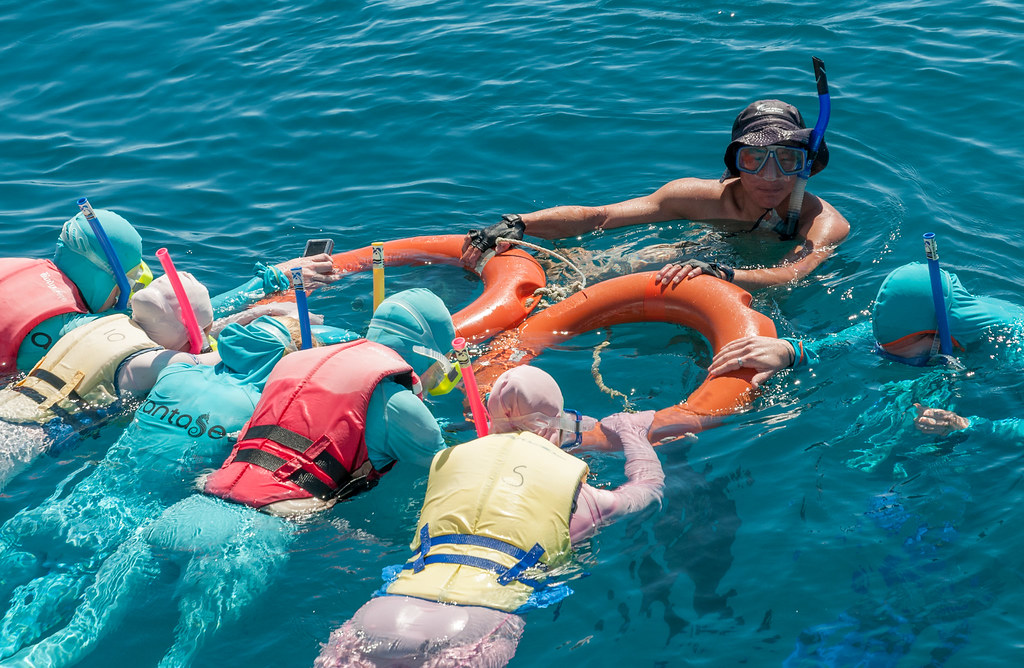

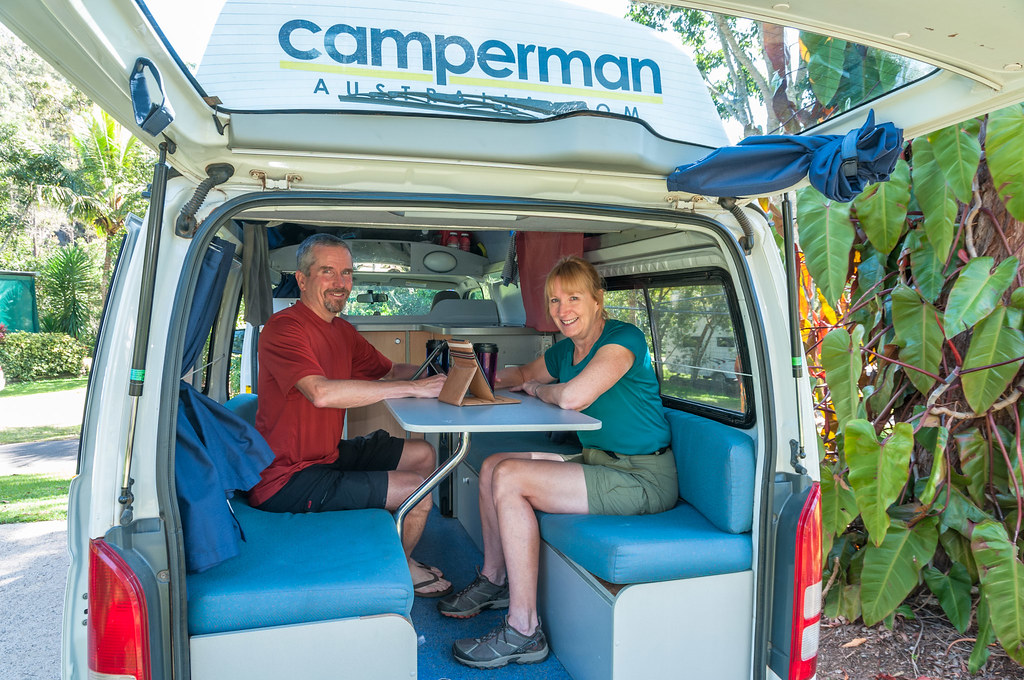
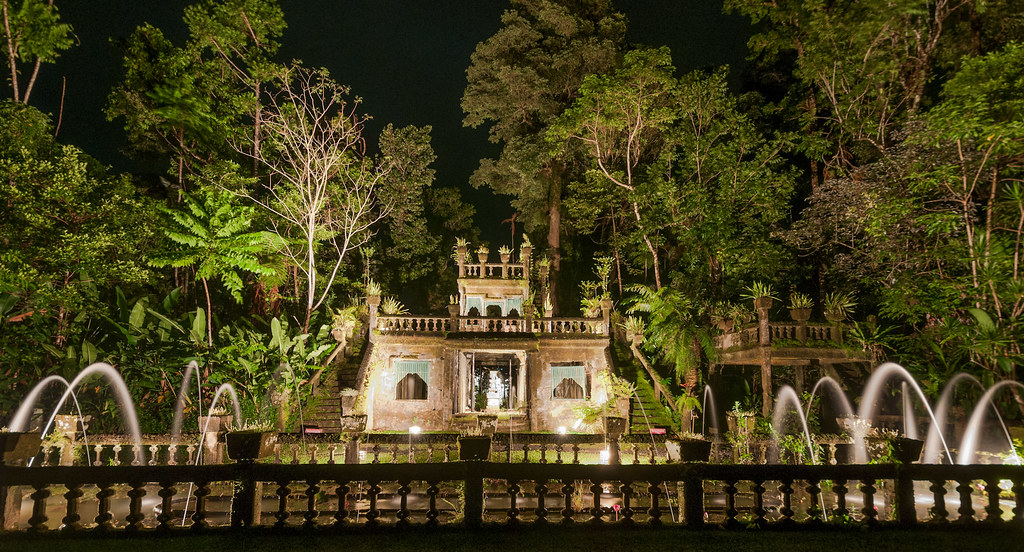
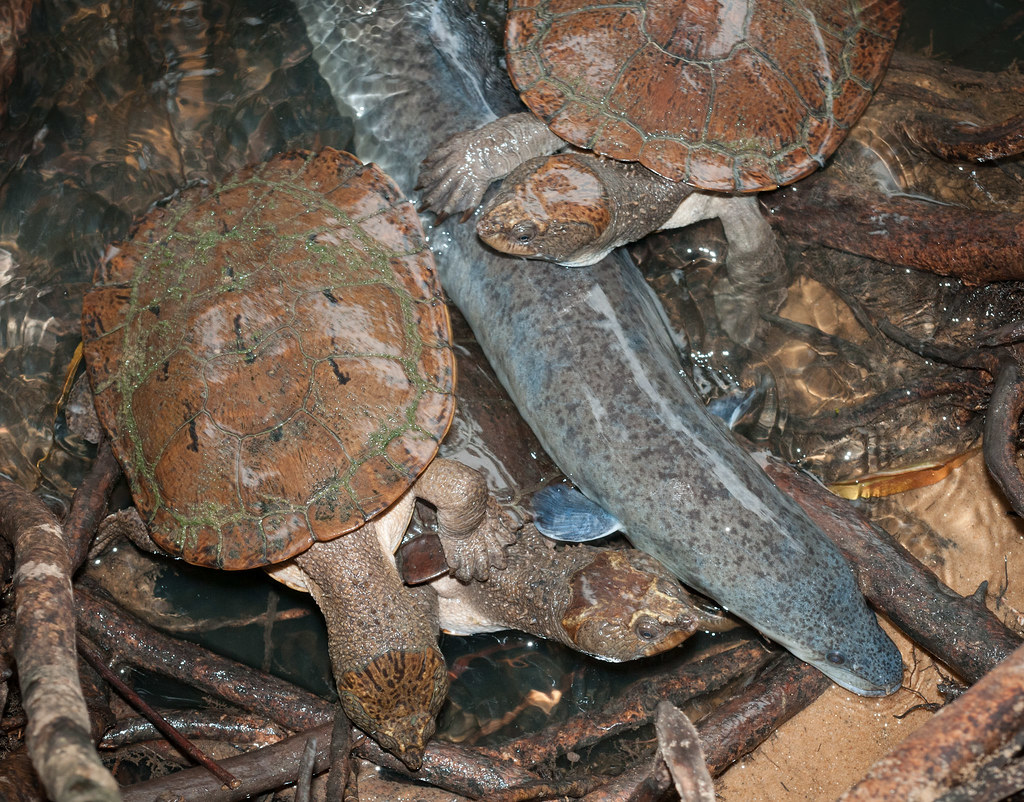
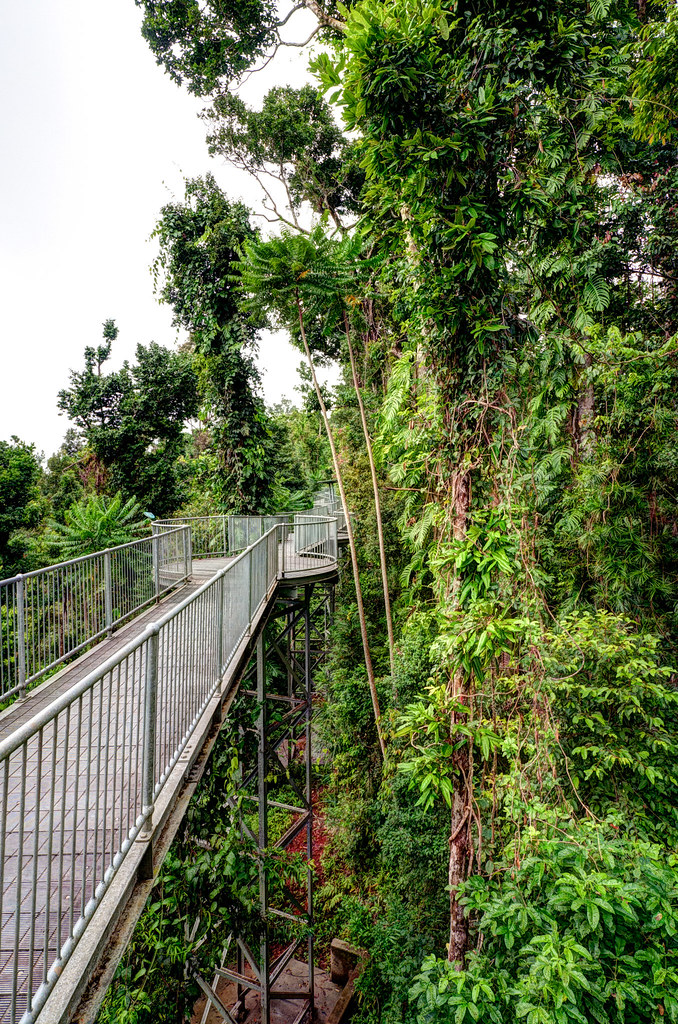
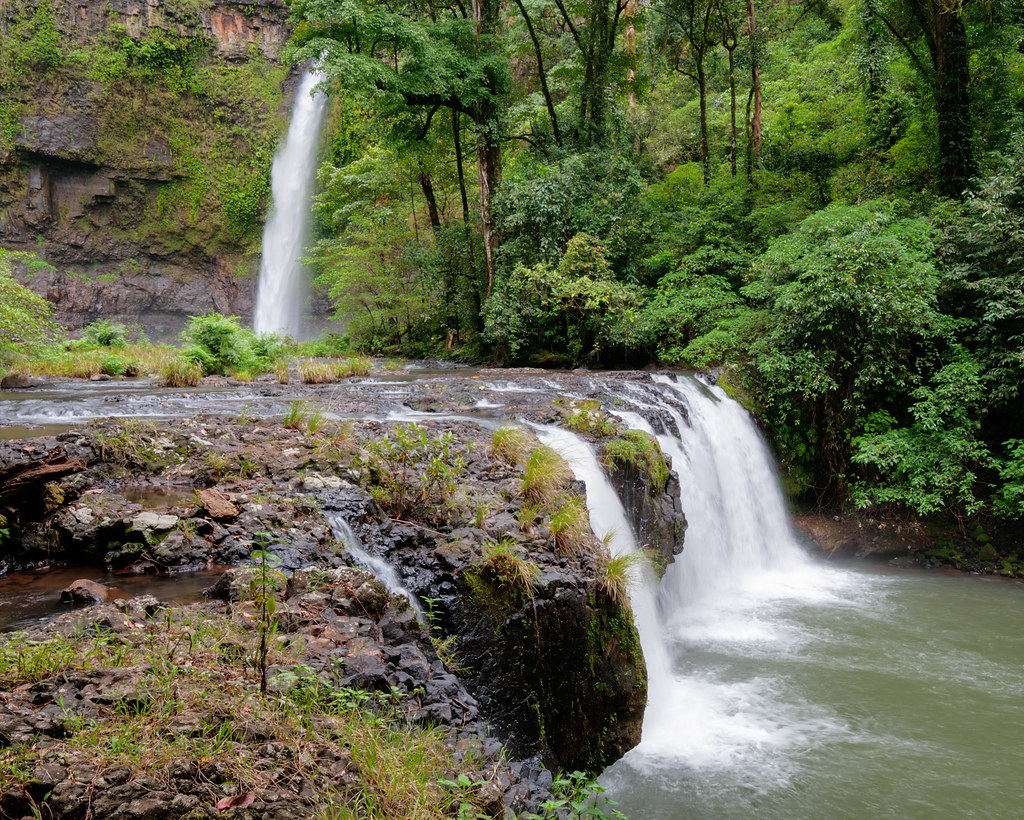
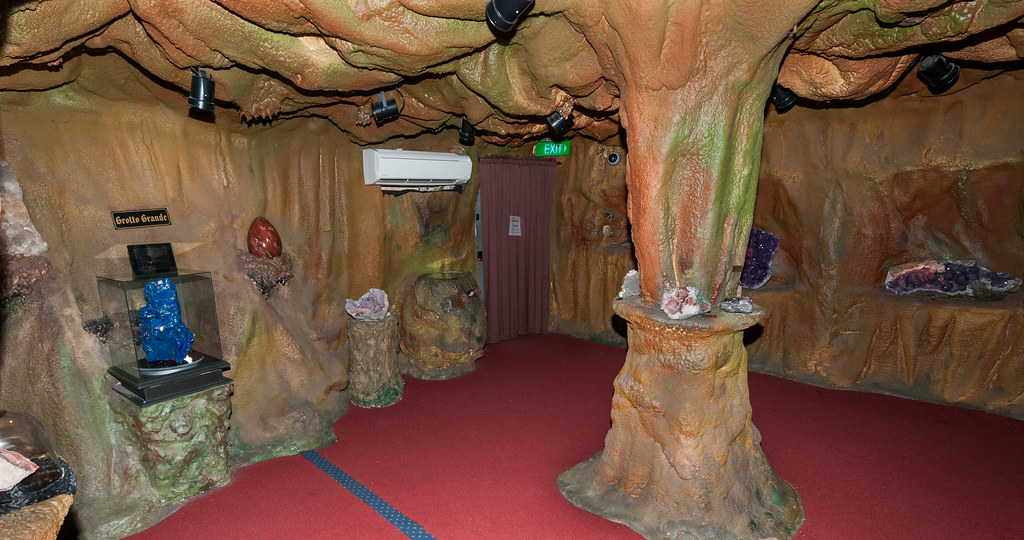
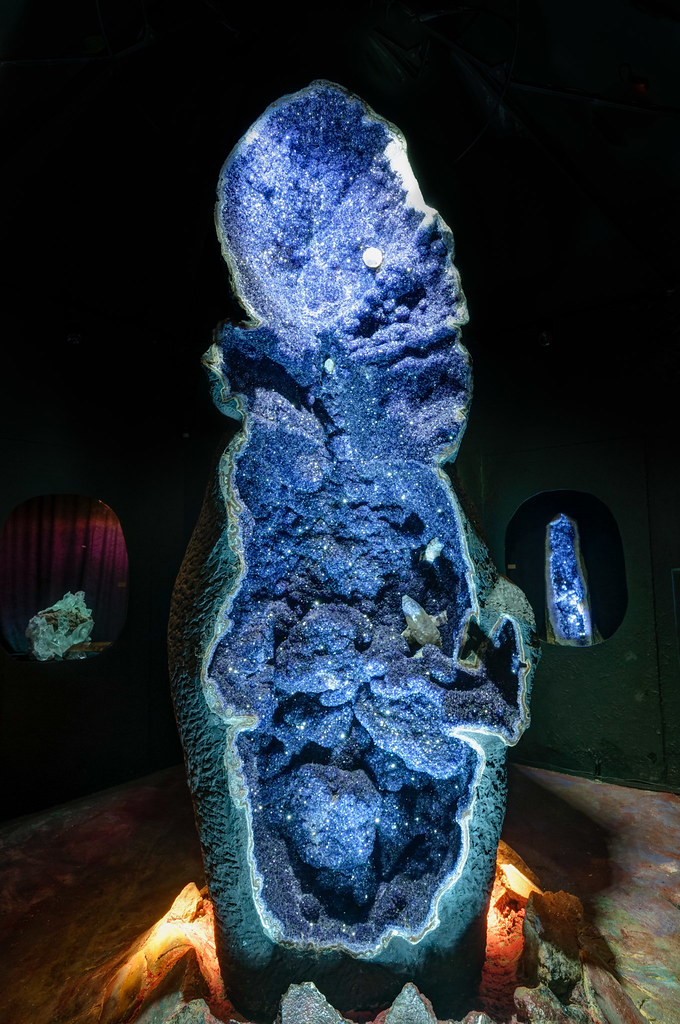
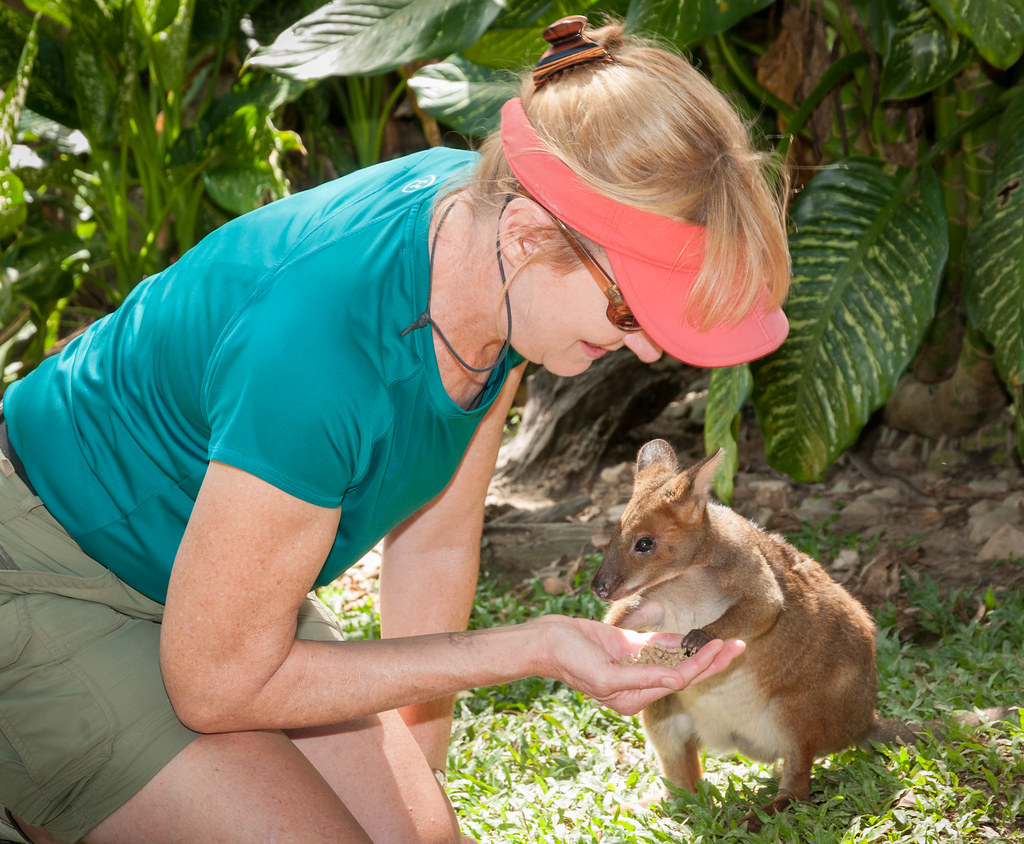

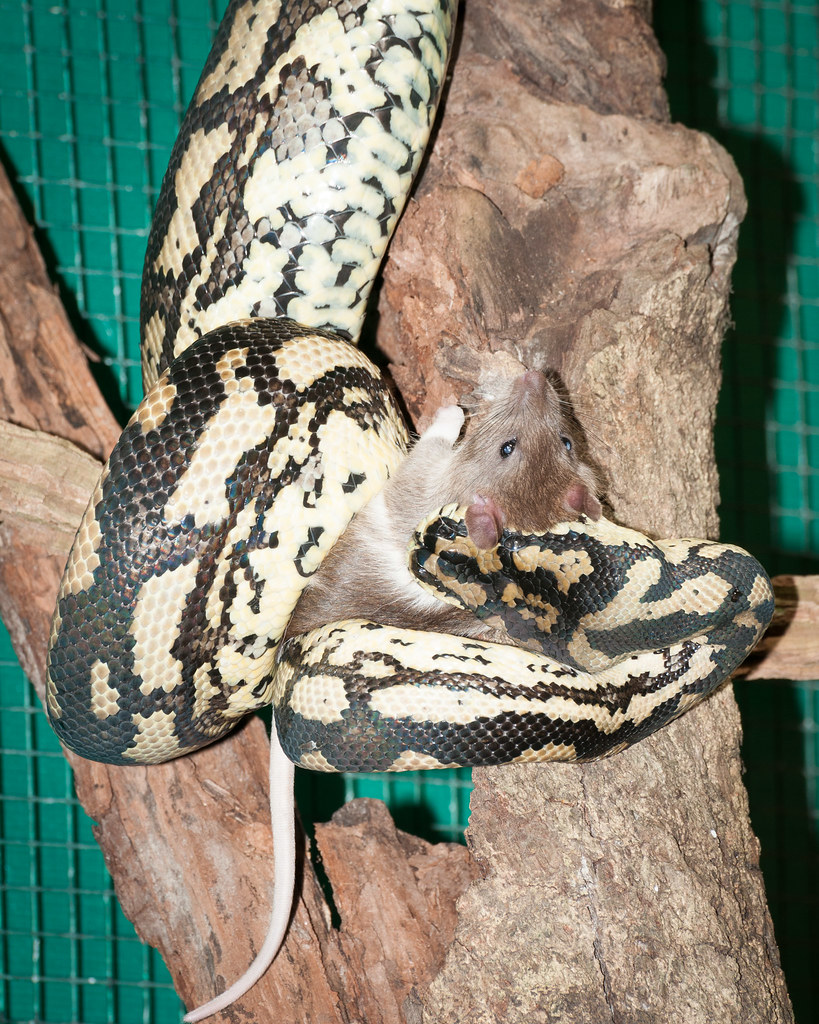


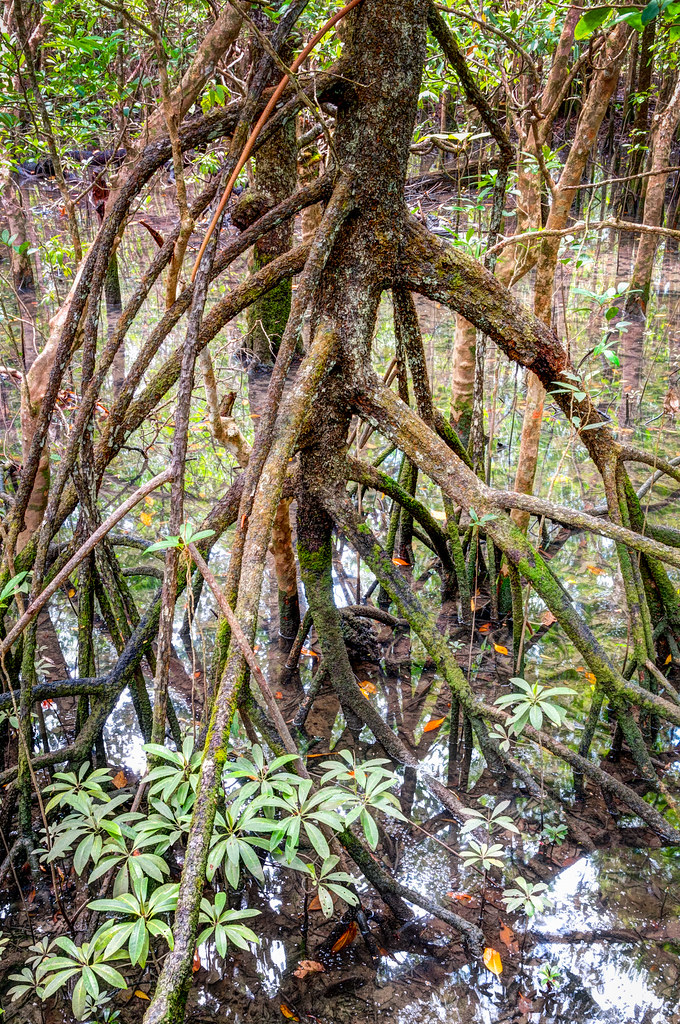
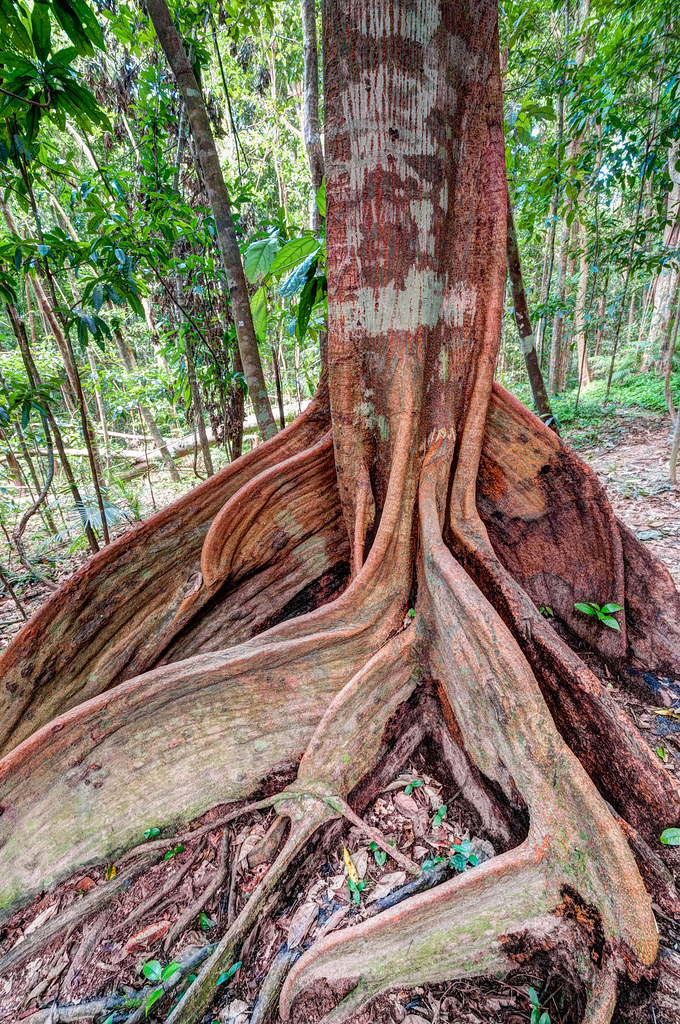


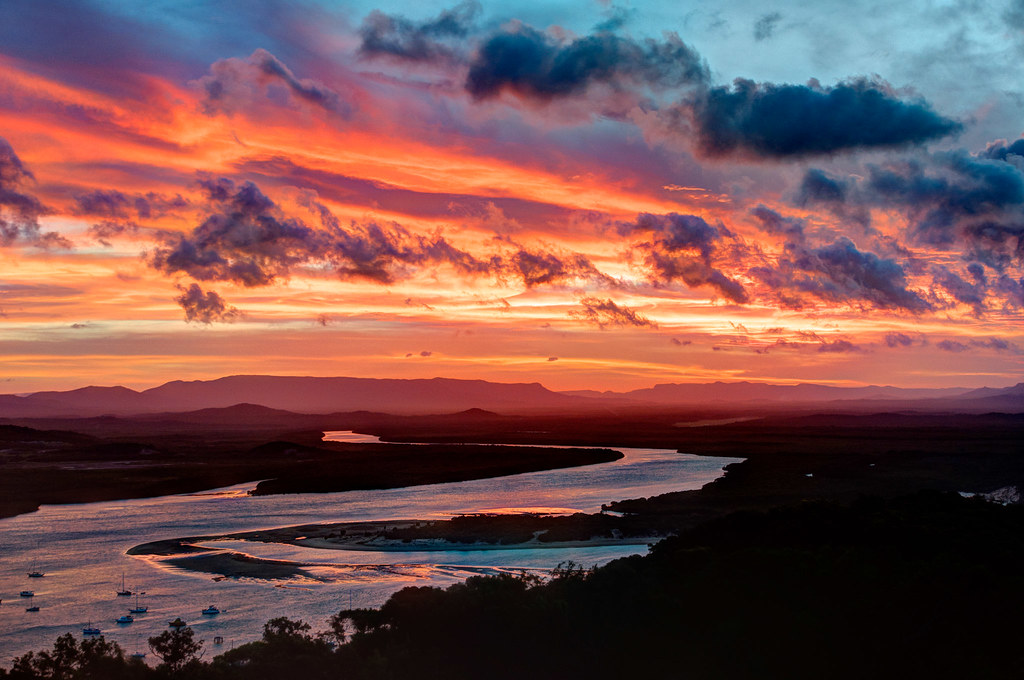
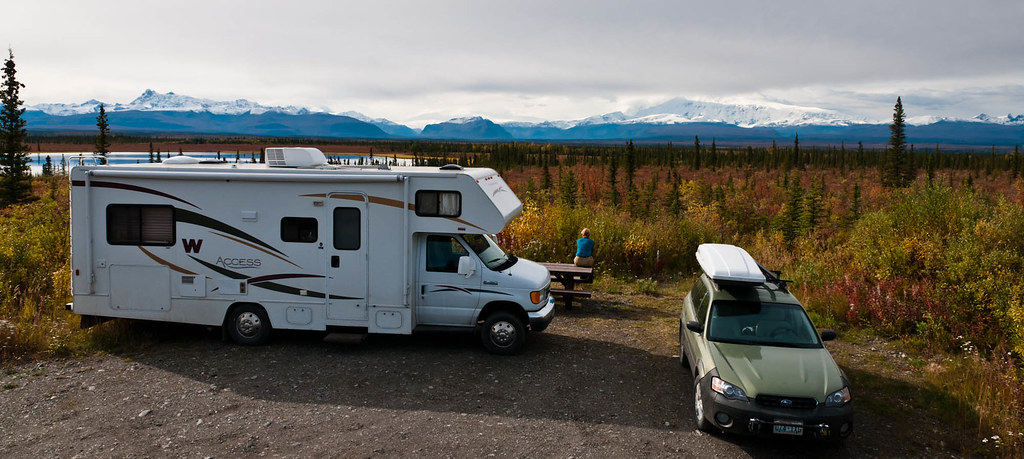
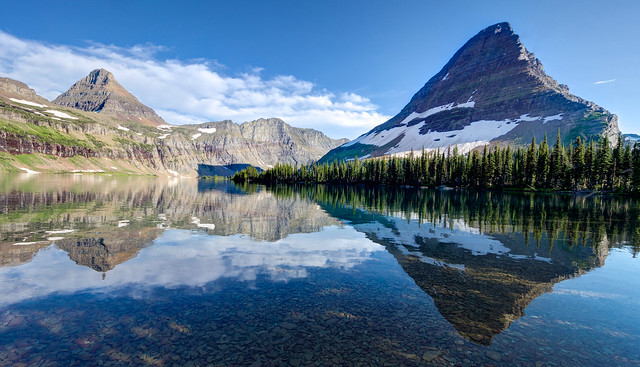
.jpg)

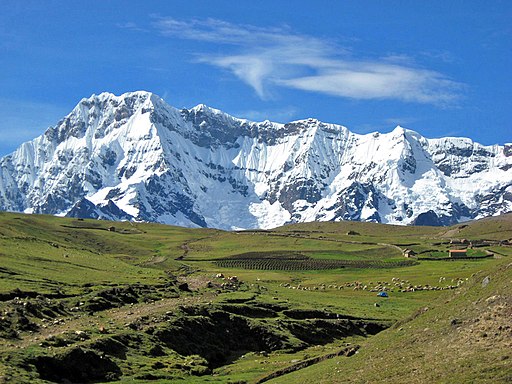

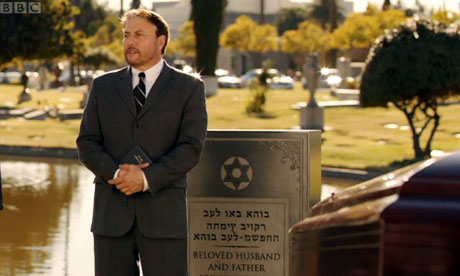

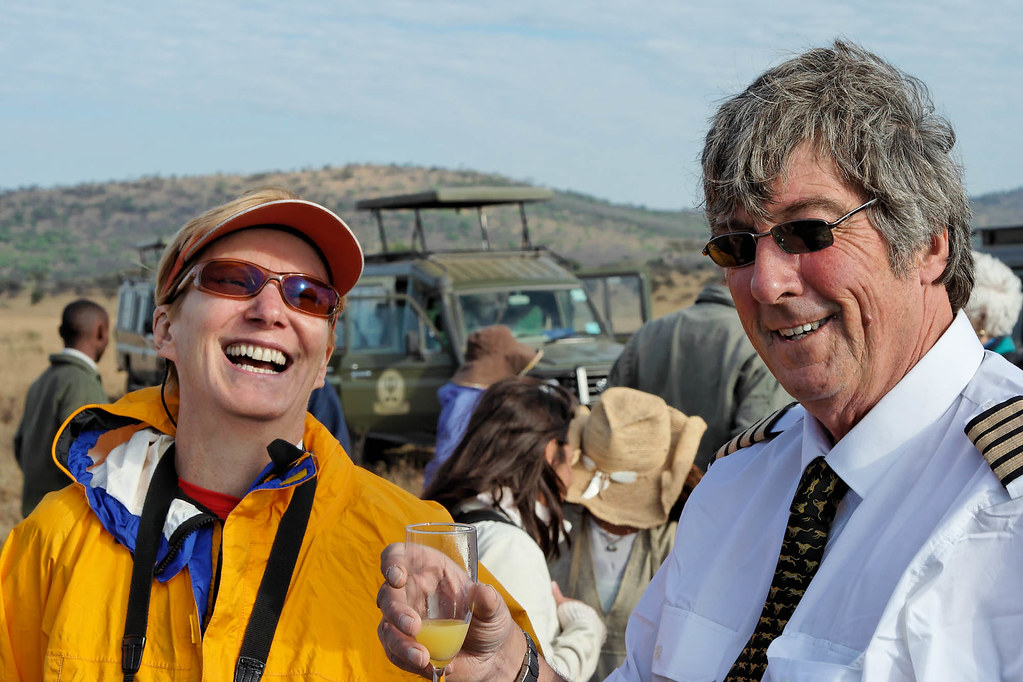
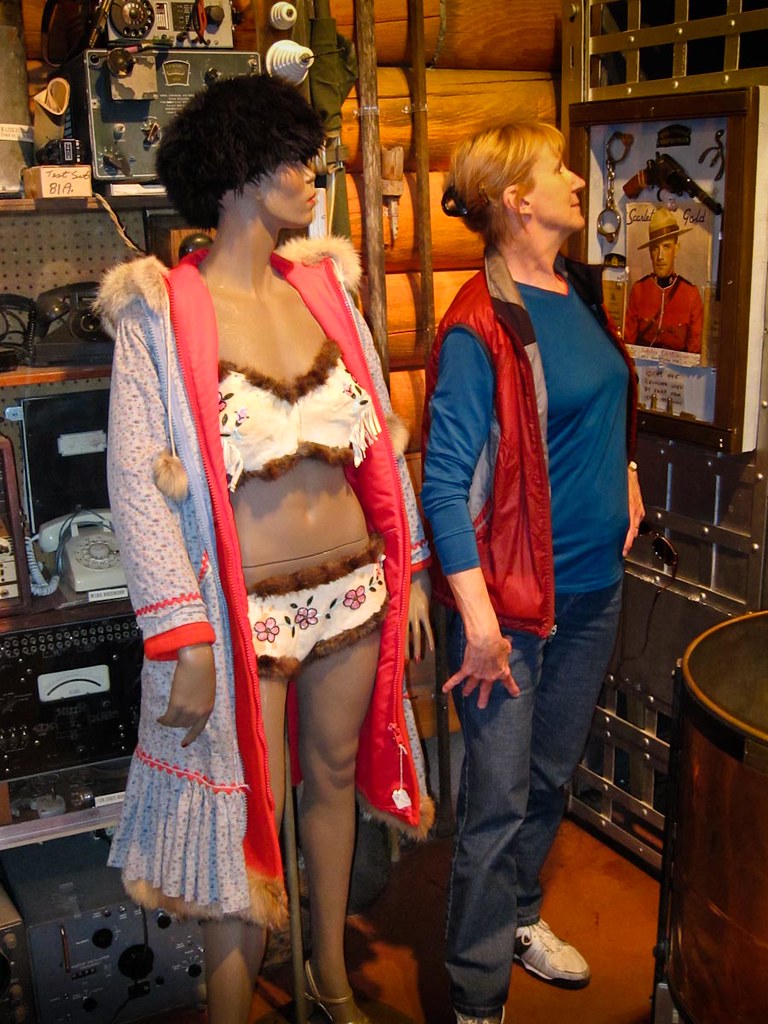
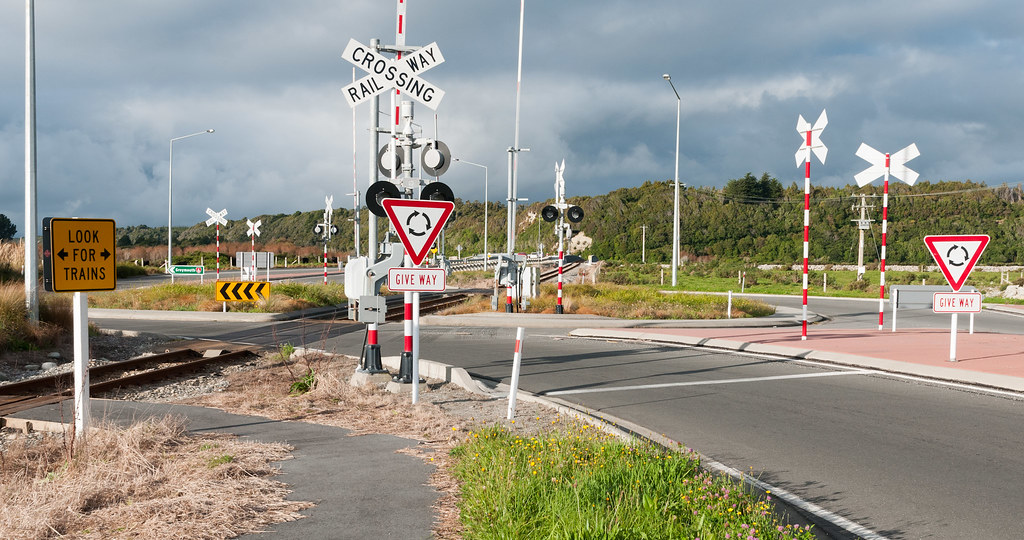
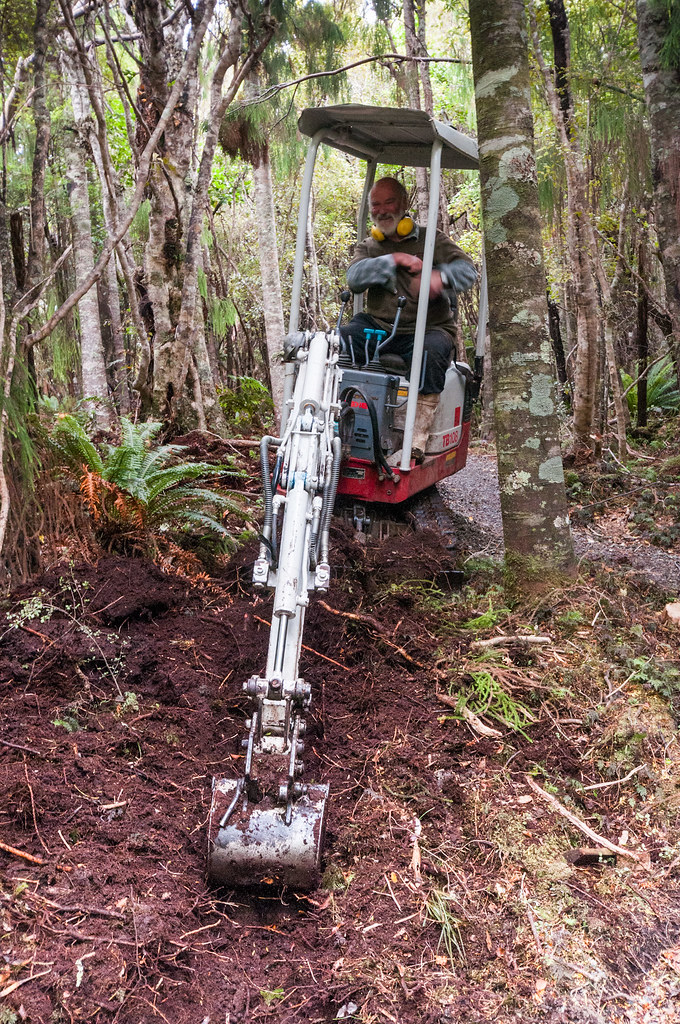
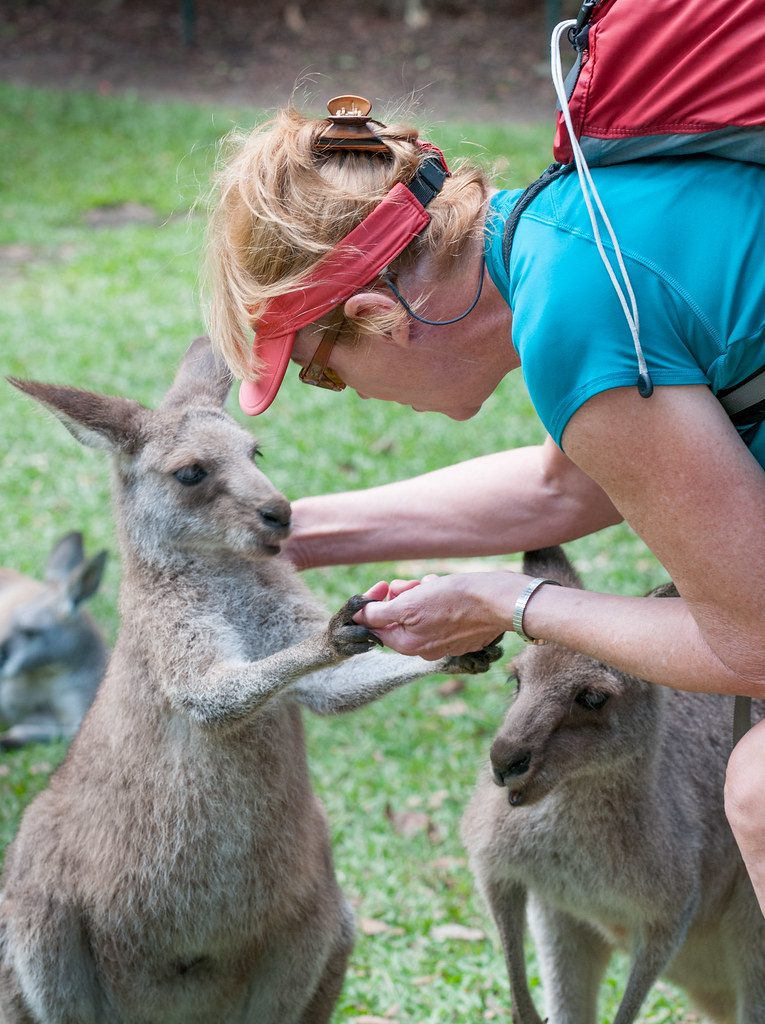
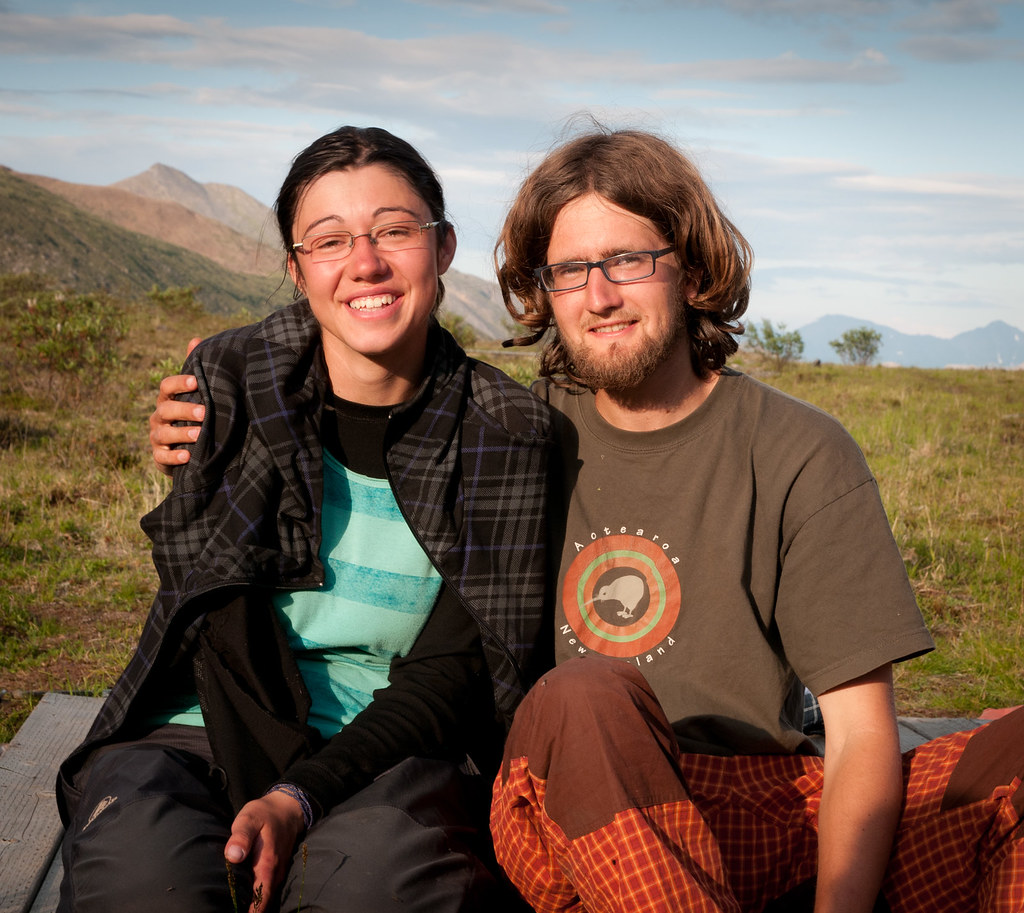





No comments:
Post a Comment